In a globalized healthcare market, Translation services for Medical Device Manuals UK are indispensable for patient safety and regulatory compliance. Accurate translations bridge language barriers, prevent misusage of medical devices, and ensure effective communication worldwide. These services leverage professional translators with medical expertise, adhering to stringent industry standards. By employing best practices, visual aids, and advanced technologies like machine translation, these services enhance manual accessibility and comprehension. Case studies demonstrate the success of professional translations in facilitating international device market entry and global clinical trials, ultimately boosting patient safety and satisfaction.
Medical device manuals play a critical role in ensuring user safety, yet their effectiveness hinges on clear and accurate global accessibility. As healthcare transcends borders, translating these manuals into diverse languages becomes essential. This article explores the significance of precise medical device translation, highlighting the pivotal role professional services play. We delve into challenges encountered, crucial quality assurance measures, best communication practices, and successful case studies. Additionally, we gaze into future trends shaping global accessibility through medical device localization in the UK and worldwide.
- Understanding the Significance of Accurate Medical Device Translation
- The Role of Professional Translation Services in Healthcare
- Challenges in Translating Medical Device Manuals
- Ensuring Safety and Compliance through Quality Assurance Processes
- Best Practices for Effective Communication in Multilingual Medical Device Documentation
- Case Studies: Successful Translations in Action
- Future Trends in Medical Device Localization: Enhancing Global Accessibility
Understanding the Significance of Accurate Medical Device Translation

In the medical field, clear and precise communication is paramount, especially when it comes to device manuals. Accurate translation services for medical device manuals UK-wide are essential to ensure patient safety and effective healthcare delivery. With an increasing number of medical devices on the market, many of which are produced by international manufacturers, the need for high-quality translations has never been more critical.
When a medical device is introduced into a new market, its user manual must be available in the local language to ensure that healthcare professionals and patients can operate and understand the device safely and effectively. Inaccurate or poorly translated manuals can lead to misusage, increased risk of patient harm, and even legal consequences. Therefore, relying on professional translation services with expertise in medical terminology is crucial to bridge the communication gap and guarantee user safety across all languages.
The Role of Professional Translation Services in Healthcare
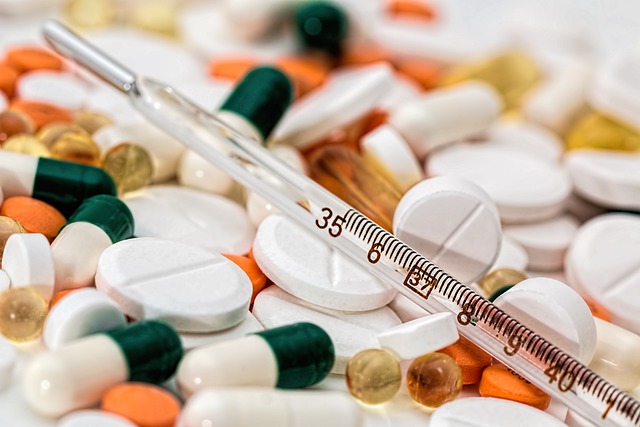
In the healthcare industry, ensuring user safety is paramount, especially when it comes to medical devices. Professional translation services play a crucial role in facilitating this by providing accurate and culturally sensitive translations for device manuals. With Translation services for Medical Device Manuals UK, healthcare providers can ensure that patients and medical professionals across diverse linguistic backgrounds have access to clear and concise instructions. This is essential as the wrong translation could lead to misinterpretations, improper device use, or even safety hazards.
Professional translators with expertise in medical terminology are well-versed in localizing content for different languages while maintaining technical accuracy. They employ sophisticated tools and adhere to industry standards to preserve the integrity of the original manual. By outsourcing these services, healthcare companies can save time, reduce costs, and improve user experience, ultimately enhancing patient safety and satisfaction.
Challenges in Translating Medical Device Manuals
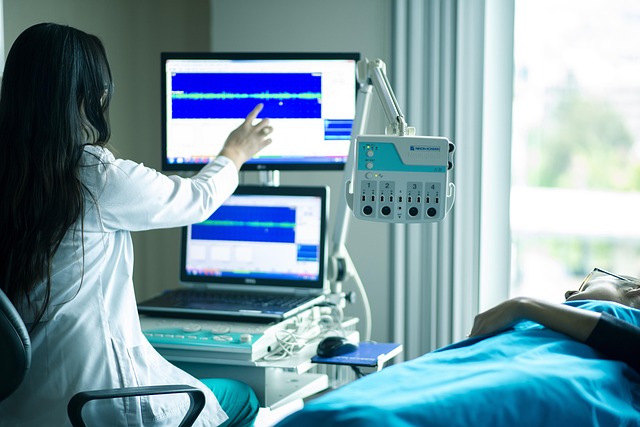
Translating medical device manuals is a complex task that requires meticulous attention to detail and a deep understanding of both language and healthcare terminology. One of the primary challenges lies in ensuring precision and accuracy, especially when dealing with life-critical devices. A slight misstep in translation can lead to misinterpretation or misuse of the device, potentially putting patient safety at risk.
In the UK, where medical standards are stringent, relying on professional translation services is essential. These services employ translators who are not only fluent in multiple languages but also have expertise in medical fields. They understand technical jargon and can convey intricate instructions clearly in the target language. Moreover, they adhere to industry regulations and guidelines, ensuring that the translated manuals meet all legal requirements. Translation services for Medical Device Manuals UK should offer quality assurance processes to validate the accuracy of translations before final delivery.
Ensuring Safety and Compliance through Quality Assurance Processes
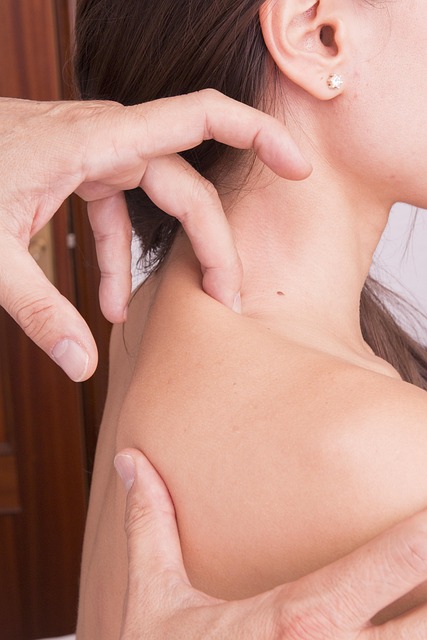
In the realm of medical devices, user safety is paramount. Ensuring that manuals are accurately translated and accessible in various languages is a critical step in mitigating risks and adhering to stringent regulatory standards. Translation services for Medical Device Manuals UK play a vital role in this process, offering specialized expertise to maintain precision and integrity throughout the translation process. Quality Assurance (QA) processes become indispensable tools to guarantee that every translated manual meets the highest safety and compliance standards.
These QA measures involve rigorous reviews, fact-checking, and linguistic verification to detect any subtle errors or inconsistencies. By implementing these quality control mechanisms, medical device manufacturers can be confident that users across diverse language barriers will receive clear, concise, and accurate instructions for safe and effective device utilization. This meticulous approach not only protects user safety but also fosters trust in the overall product, positioning translation services as a game-changer in the global medical device market.
Best Practices for Effective Communication in Multilingual Medical Device Documentation

When it comes to medical device manuals, clear and concise communication is paramount to ensure user safety. With an increasing global market, effective multilingual documentation is essential. Translation services for Medical Device Manuals UK play a vital role in bridging language barriers and ensuring that critical information reaches diverse users worldwide.
Best practices involve engaging professional translators with medical expertise to accurately convey technical terms and instructions. It’s crucial to standardize terminology across all languages to maintain consistency. Additionally, incorporating visual aids, diagrams, and clear formatting enhances comprehension, making the manuals accessible to a broader audience, regardless of language proficiency.
Case Studies: Successful Translations in Action
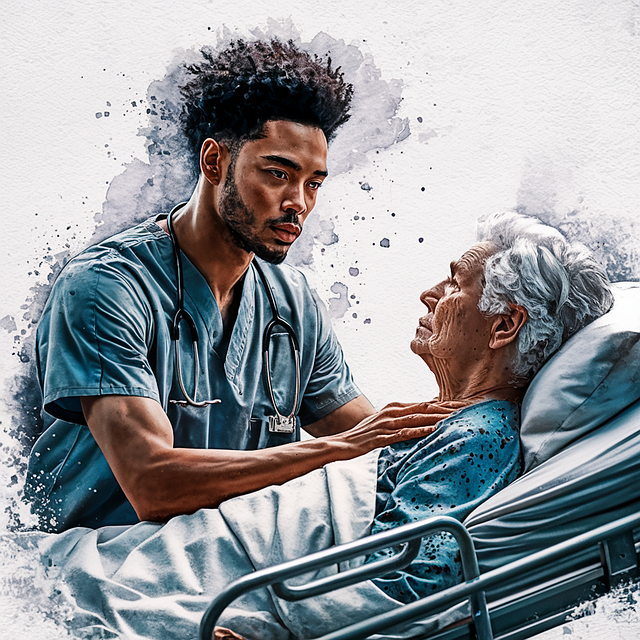
In recent years, case studies have shown that high-quality translation services for medical device manuals are essential in ensuring user safety and regulatory compliance. The UK market, known for its stringent medical device regulations, has seen significant benefits from professional translations. For instance, a leading manufacturer of cardiovascular devices faced a challenge when expanding into Europe. Their initial attempt to translate the manual using in-house resources resulted in inaccurate and inconsistent information across languages. This led to delays in product launch and potential safety risks. However, after partnering with expert medical device translation services, they achieved flawless translations, meeting all regulatory requirements, and successfully entering multiple European markets.
Another successful story involves a biotech startup that required translation of their innovative device manual for global clinical trials. By leveraging UK-based translation specialists with medical device expertise, they ensured precise communication of complex technical information in various languages. This seamless translation process not only facilitated faster trial progression but also enhanced patient safety by providing clear instructions and warnings to healthcare professionals worldwide. These real-world examples highlight the critical role that professional translation services play in bringing innovative medical devices to global markets while maintaining user safety and regulatory adherence.
Future Trends in Medical Device Localization: Enhancing Global Accessibility
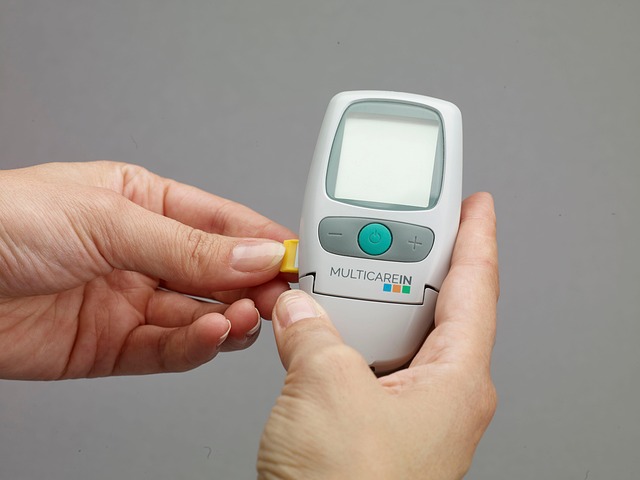
As global healthcare becomes increasingly diverse, the need for comprehensive and accessible medical device manuals in various languages is more critical than ever. Translation services for Medical Device Manuals UK play a pivotal role in ensuring patient safety and satisfaction across different linguistic communities. Future trends in medical device localization aim to enhance global accessibility through advanced technologies like machine translation (MT) and computer-aided translation (CAT).
These innovations promise faster, more accurate, and cost-effective translations, bridging the gap between healthcare providers and patients worldwide. With advancements in artificial intelligence (AI), these tools can handle complex medical terminology, preserving accuracy and context. This shift towards digital solutions not only improves accessibility but also enables dynamic updates, ensuring that users always have access to the latest device information and safety guidelines.
When it comes to medical device manuals, accurate translation is not just desirable—it’s a matter of life and death. In a global healthcare landscape, ensuring clear and precise communication through professional translation services (UK-based or otherwise) is crucial for user safety. By implementing robust quality assurance processes and adopting best practices in multilingual documentation, manufacturers can overcome challenges and make their products accessible to a diverse, worldwide audience. This not only enhances patient safety but also paves the way for innovative medical technologies to have a profound impact on global healthcare.
